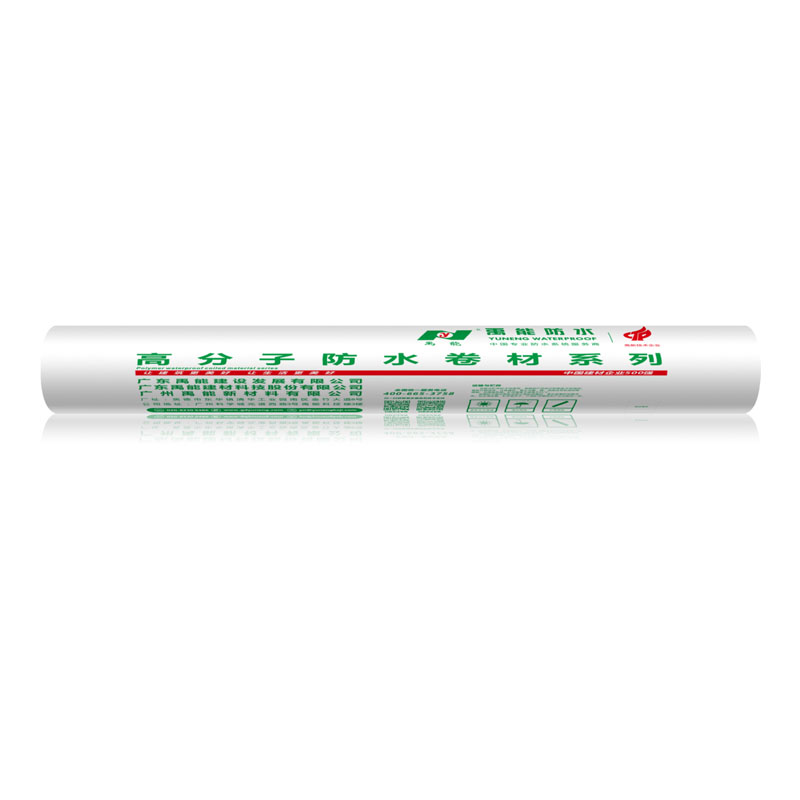This product is produced by extrusion of high molecular weight EVA/HDPE (ethylene copolymer/high-density polyethylene) as raw materials. It is suitable for various types of engineering waterproofing, anti-seepage, moisture-proofing, air isolation, anti-pollution, drainage, etc.
The raw materials generally include: ethylene/vinyl acetate copolymer (EVA), high-density polyethylene (HDPE), and ethylene copolymer modified asphalt (ECB) resin.

